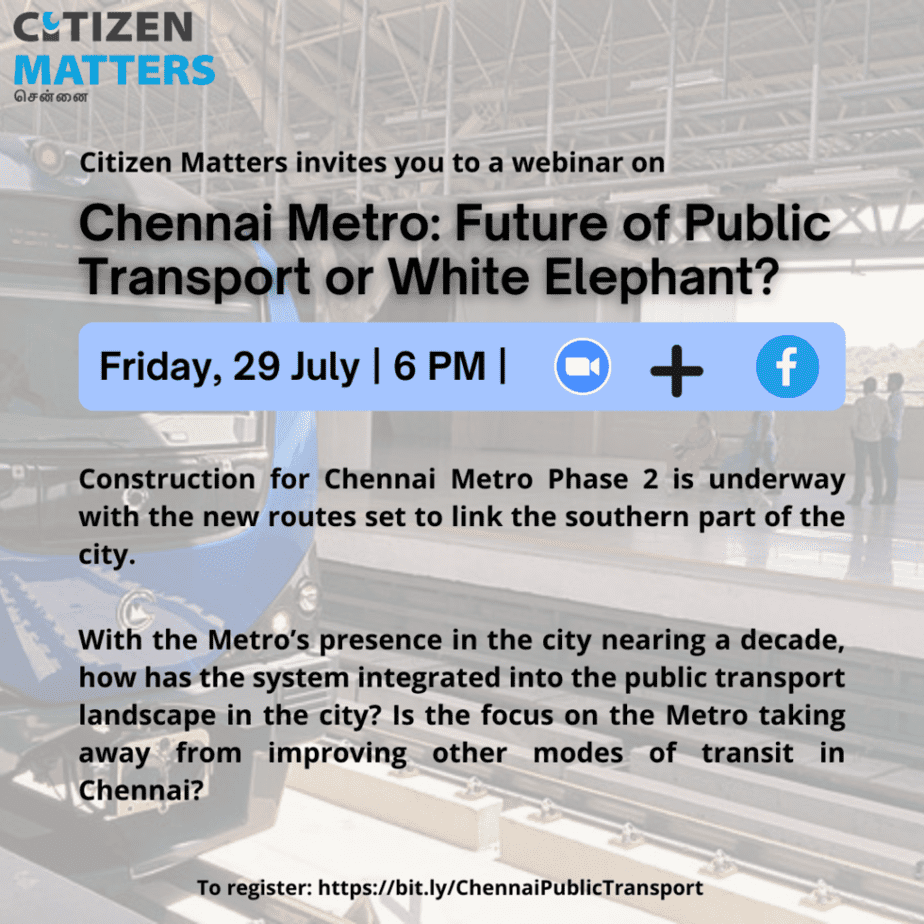There have been various developments around public transport systems in the city over the past year.
The work on Chennai Metro Phase 2 has been underway for a few months, with stations and lines coming up across the city. The proposal to merge the MRTS with CMRL has also moved forward with assent from the government.
The Metro’s rapid development has meant various traffic roadblocks in the city as the necessary infrastructure is being put in place. There have also been issues with the CMRL taking over green spaces such as Thiru Vi Ka Park and Panagal Park.
In addition to annoyance over the above niggles, the most important and vocal question that dominates discourse around the Metro is this: with its presence in the city for close to a decade now, how has the system integrated into Chennai’s public transport landscape?
How close is it to its target ridership?
What are the issues that prevent more riders from taking to the Metro rail, and is that likely to change with Phase 2?
Read more: Playgrounds and parks make way for Metro rail in Chennai
Meanwhile, the MTC has launched a slew of initiatives such as free travel for women and apps for live tracking. The city’s bus service has had significant financial issues due to COVID and has long struggled to expand and maintain its fleet and introduce new services.
Is the bus system, which ferries more people, being neglected in favour of the Metro?
What are the sticky issues around public transport in the city that needs to be addressed immediately?
Is there an overestimation of the importance of what the metro offers to the city?
What is the status of the bus services and how can it be improved?
Citizen Matters brings together a panel to examine these questions and more.
Date: July 29, Friday
Time: 6 pm – 7 pm
To register:
Panel:
- Aswathy Dilip, South Asia Director, ITDP
- G Ananthakrishnan, Journalist
- Ramarao Venkatramanarao, Convenor, Traffic and Transportation Forum
- Krishna Parthasarathy, Metro user
- G Balakumar, Bus user
